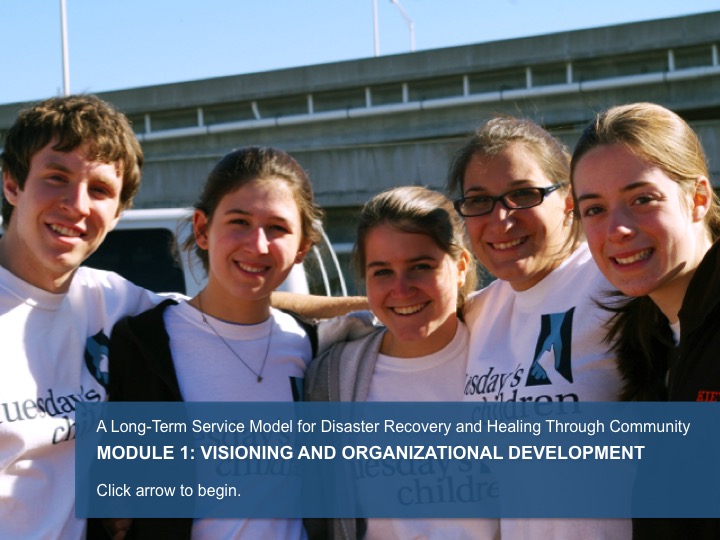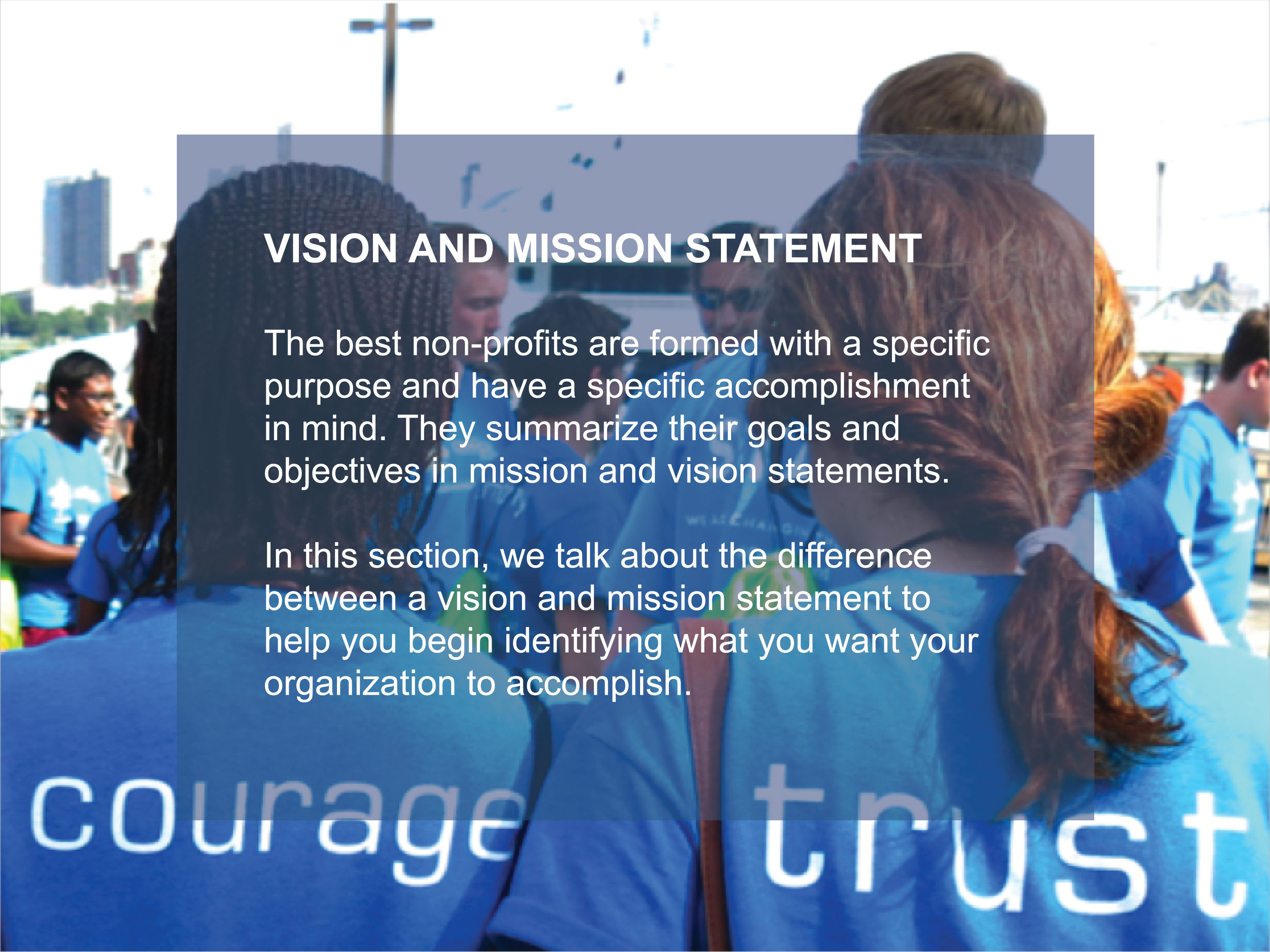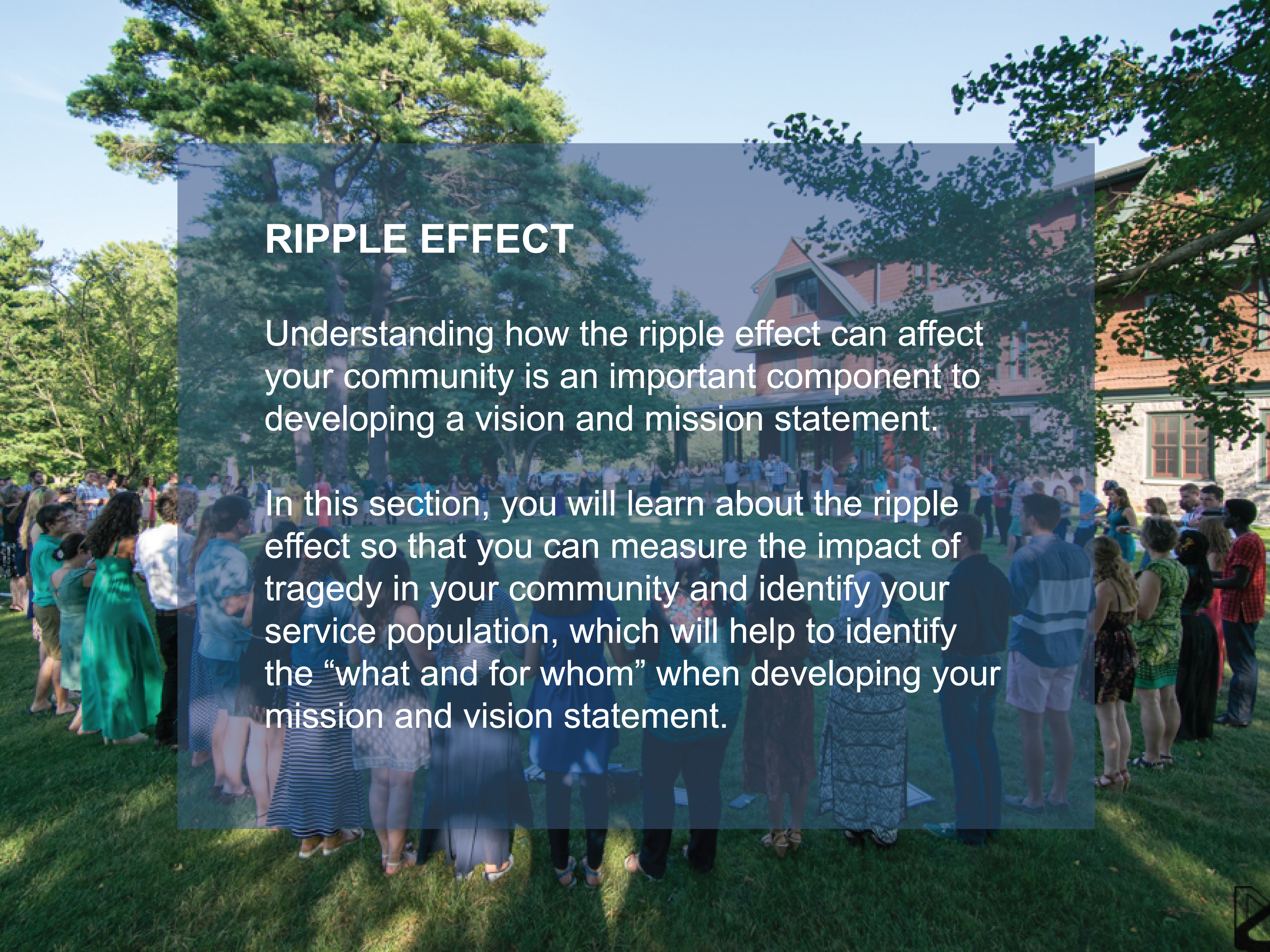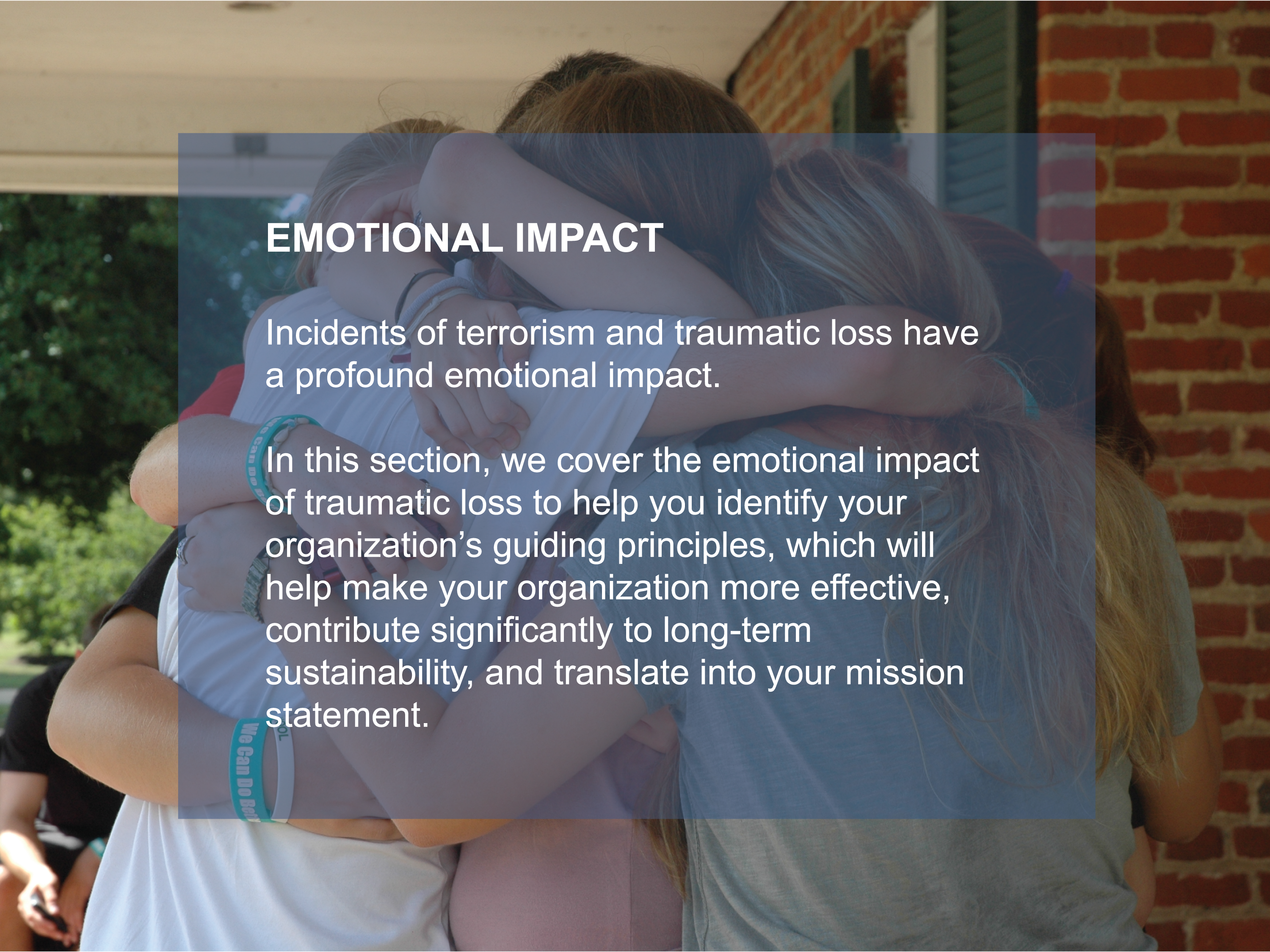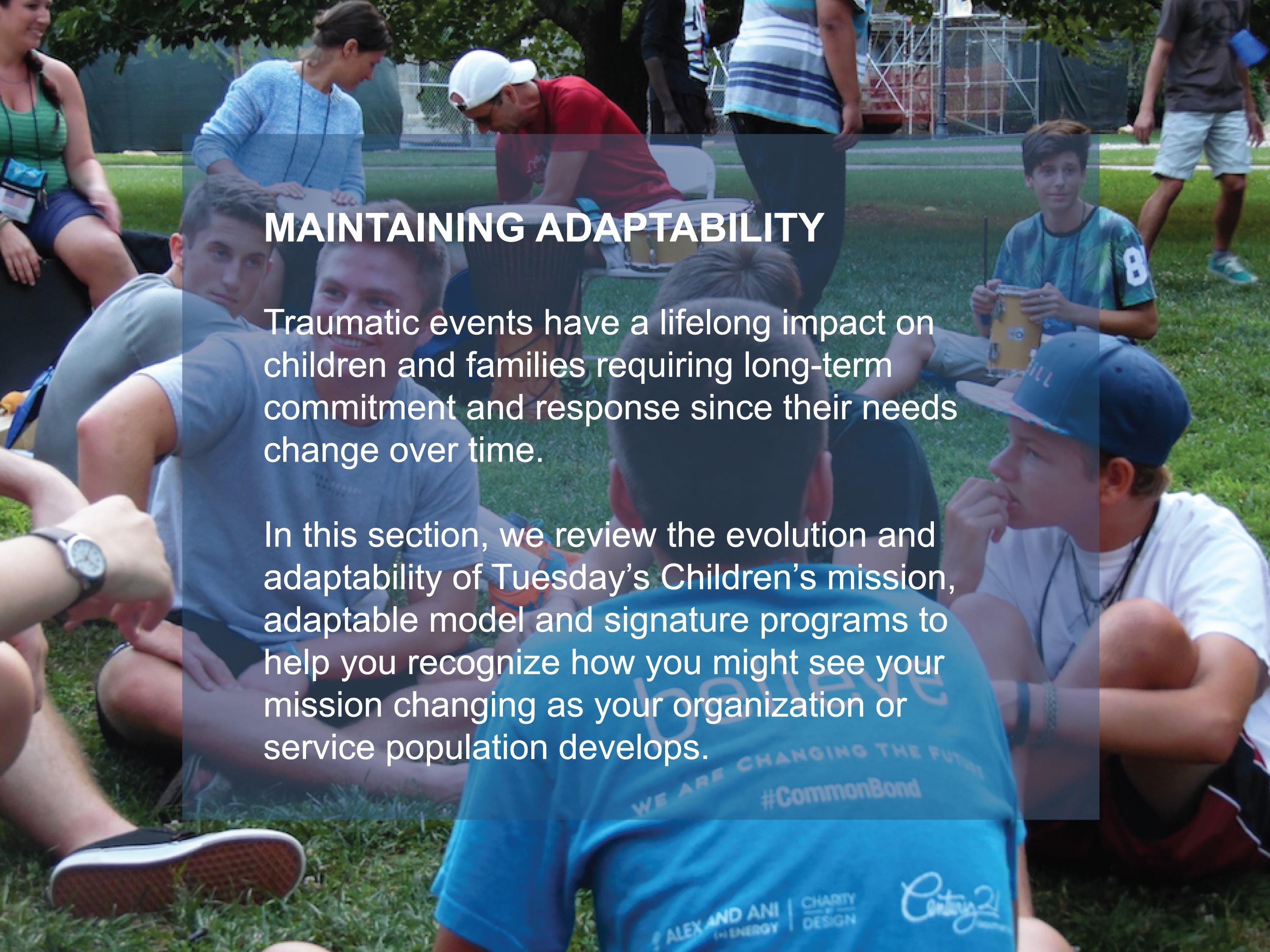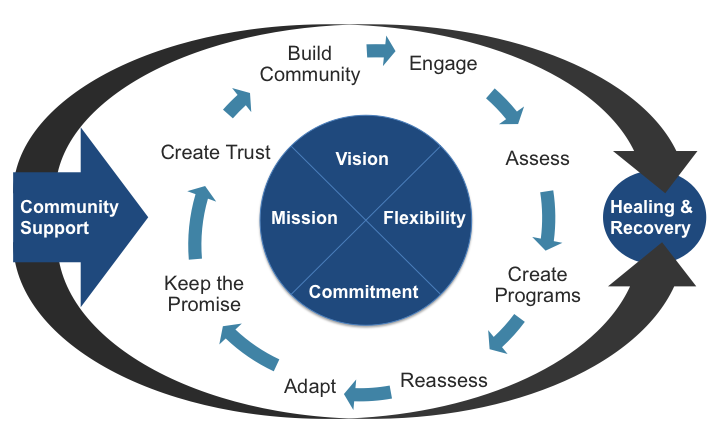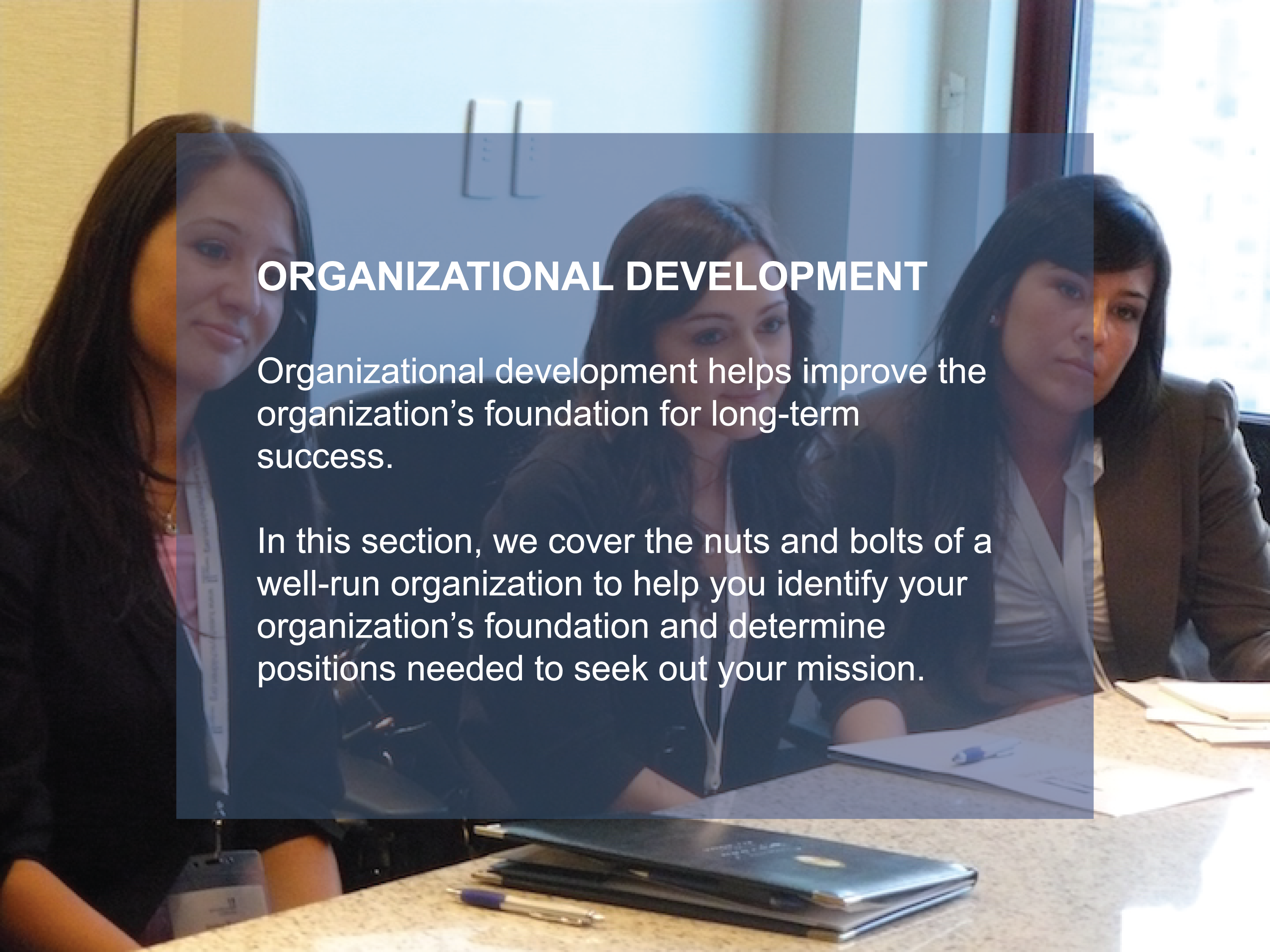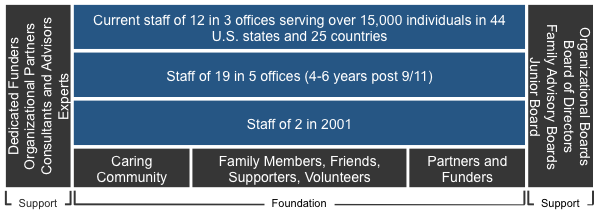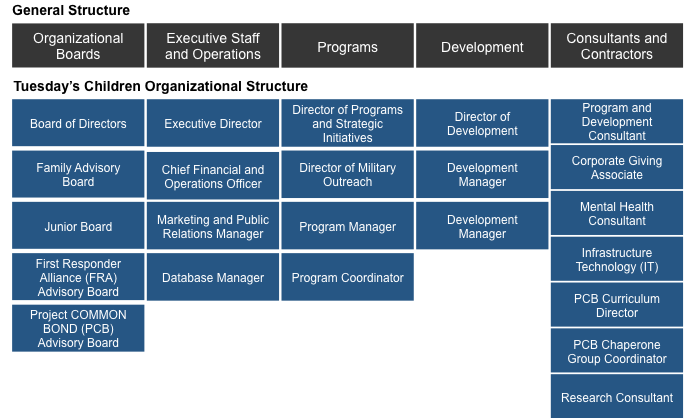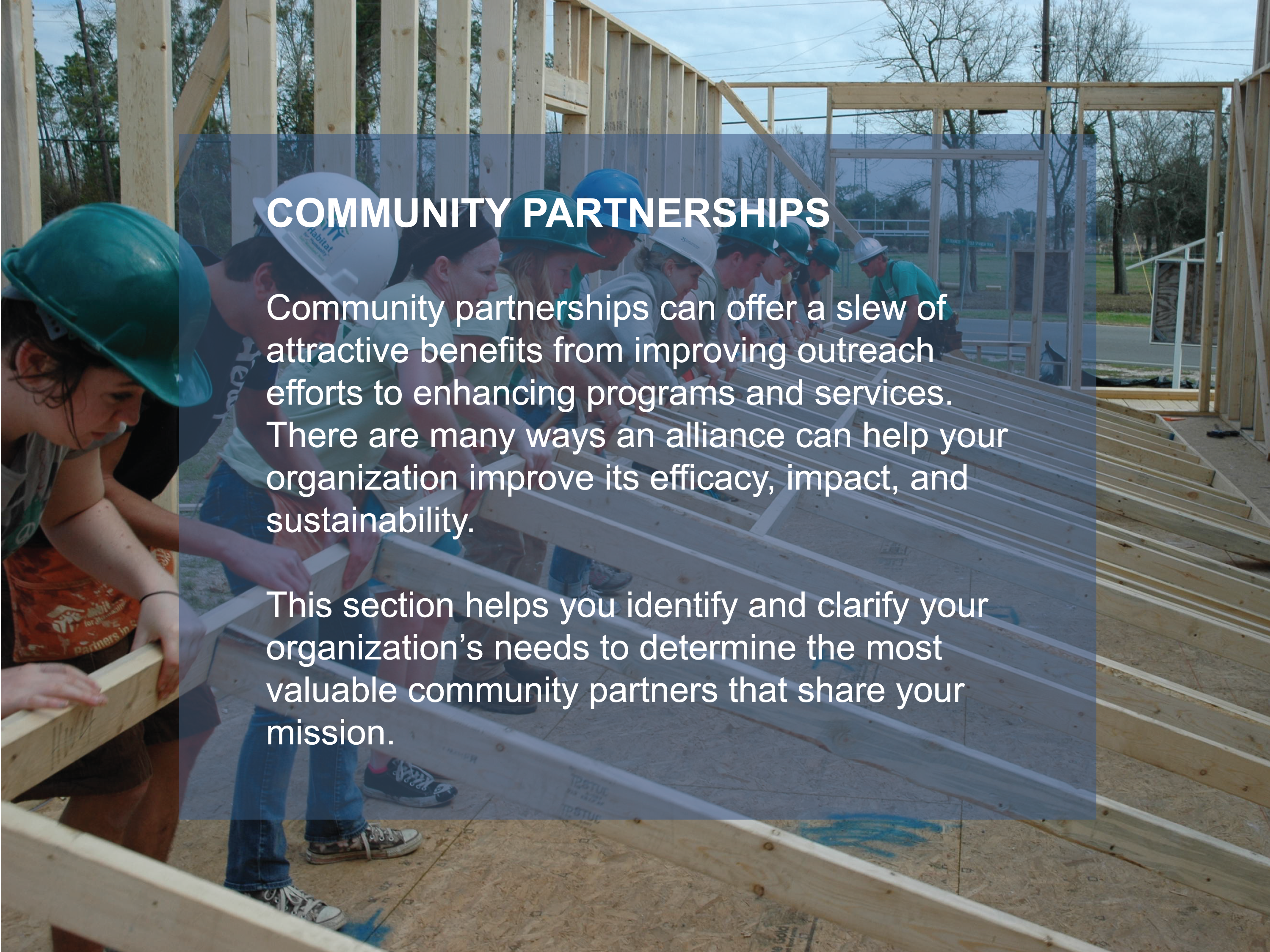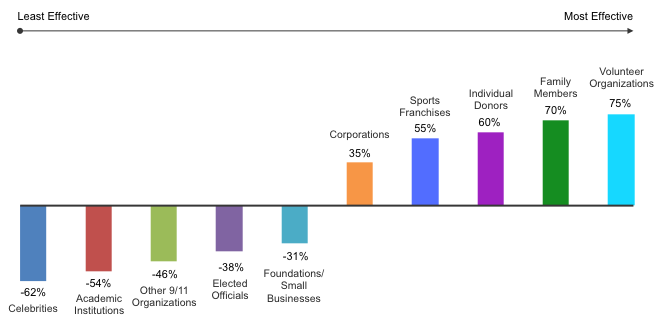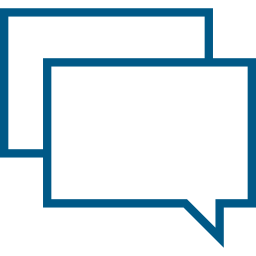SIGNATURE PROGRAMS
Many of our programs can be adapted and replicated. For example, Creative Insight, which has now been replicated in multiple settings, serves 9/11 family members, responders, military widows, and school workers and bereaved families in Newtown, CT. Many of our signature programs are evidence based and have proven outcomes in supporting those impacted by traumatic loss.
Engagement & Outreach
Engagement and outreach programs are perhaps most important in building trust, staying connected with families and keeping our finger on the pulse of their needs.
Career Programs
Career Programs were developed early on for parents and adults and we have provided college and career advisement to children throughout. This has grown over the years into our Career Resource Center as our youth population has aged.
Skills Development
Skills development programs are offered to families, particularly youth, in order to to provide coping mechanisms and life management strategies that aid participants through life events such as transition to new schools, financial planning, etc.
Mental Health & Wellness
This is something not all people pursue immediately after a traumatic event, but it is important to have in place and is the underpinning of many of our other programs.
Project COMMON BOND
Project COMMON BOND has united over 700 international youth from 28 countries impacted by terrorism to engage in dignity-focused activities, learn about peace-building and form lasting friendships.
Creative Insight
This skills-based program was offered early on to more than 400 individuals and has now been replicated in multiple settings helping: 9/11 family members;, responder families;,school workers and bereaved community members in Newtown, CT; and, most recently,surviving family members of post-9/11 fallen military service members.
Youth Mentoring
Has served more than hundreds of children—pairing them with adults in the community who can understand their loss. The length of matches sets it apart, some spanning more than a decade.
Helping Heals
Helping Heals is a service-learning initiative where.Tuesday’s Children’s families give back to others in need.toThe desire of our family members to want to give back to others is indicative of their post-traumatic growth. Helping Heals programs can change their view from “victim” to someone with self-efficacy and self-esteem.
Project Heart to Heart
Heart to Heart brings together Gold Star widows and widowsmothers for healing retreats where they engage in peer support and conduct dialogues about dignity, trauma, self-care and resilience.
Many of our programs can be adapted and replicated. For example, Creative Insight, which has now been replicated in multiple settings, serves 9/11 family members, responders, military widows, and school workers and bereaved families in Newtown, CT. Many of our signature programs are evidence based and have proven outcomes in supporting those impacted by traumatic loss.
